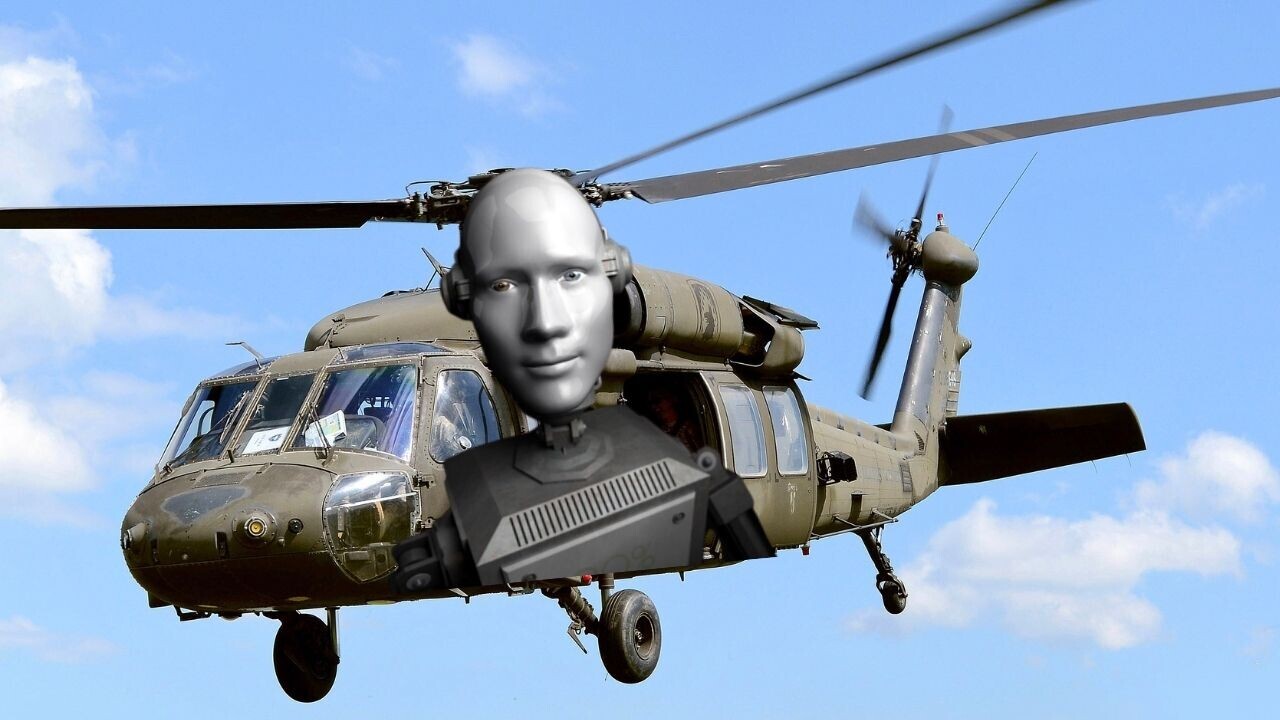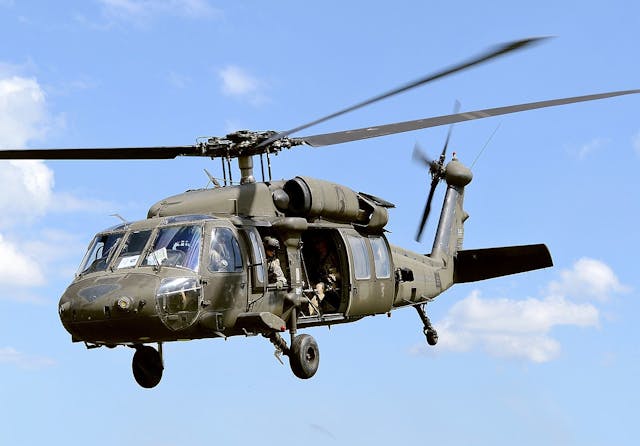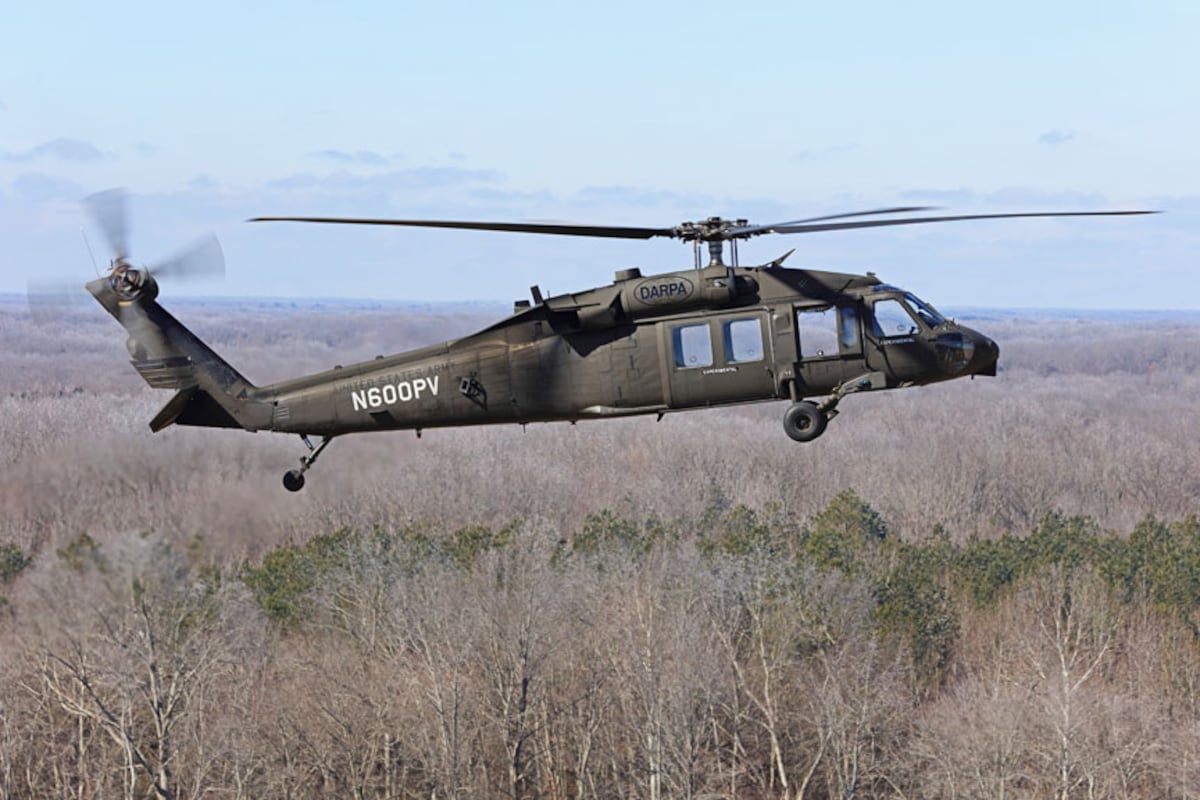Why the Blackhawk Helicopter Stays a Crucial Property for Global Defense Forces
Why the Blackhawk Helicopter Stays a Crucial Property for Global Defense Forces
Blog Article
Introducing the Power and Flexibility of the Blackhawk Helicopter
The Blackhawk helicopter stands as a testimony to design excellence and army technology, considerably shaping the landscape of modern-day aerial procedures. Originally established in the late 1960s, this dual-engine airplane has actually developed right into a multifaceted system qualified of executing a range of missions, from tactical army releases to immediate medical emptyings. Its style incorporates advanced innovation and products, improving both efficiency and survivability. As we explore its history and operational capabilities, one have to take into consideration how the Blackhawk remains to affect contemporary battle strategies and altruistic efforts alike. What does this mean for the future of military aviation?
Background of the Blackhawk
The history of the Blackhawk helicopter is noted by considerable technological advancements and a tactical advancement in armed forces air travel. Created in the late 1960s by Sikorsky Airplane, the UH-60 Blackhawk was initially developed to change the older UH-1 Iroquois, generally referred to as the "Huey." The Blackhawk's very first trip happened in 1974, and it was officially presented to the united state Army in 1979.


This aircraft was designed to meet the demanding requirements of modern war, concentrating on adaptability, longevity, and speed (Blackhawk Helicopter). Its capacity to run in different settings, coupled with advanced avionics and layout attributes, quickly developed the Blackhawk as a necessary possession for military procedures worldwide
Throughout the 1980s and 1990s, the Blackhawk saw considerable usage in numerous problems, consisting of the Gulf War and humanitarian objectives. The helicopter's flexibility permitted it to offer numerous duties, from troop transport to medevac and logistical assistance. As innovation developed, so did the Blackhawk, bring about countless versions that satisfied certain goal requirements. Today, the Blackhawk stays a renowned icon of military aviation, continually refined to meet contemporary difficulties.
Trick Features and Specs
Blackhawk helicopters are renowned for their engineering quality and functional adaptability, flaunting an array of vital attributes and requirements that improve their effectiveness in numerous army duties. Among the most substantial attributes is their dual-engine setup, usually powered by the T700-GE-701C engines, which give remarkable dependability and performance. The helicopter has an optimum cruise ship speed of around 150 knots and a service ceiling of approximately 20,000 feet, allowing it to operate effectively in varied atmospheres.
The Blackhawk's airframe is created from innovative composite materials and aluminum alloys, making certain a robust structure while lessening weight. It features a completely verbalized blades system that provides premium agility and stability. The helicopter can fit as much as 11 battle troops or lug approximately 8,000 extra pounds of outside freight, making it very versatile for different missions.
In Addition, the Blackhawk is equipped with sophisticated avionics and interaction systems, boosting situational recognition and objective sychronisation. Its capability to operate in unfavorable weather, integrated with its reduced acoustic trademark, makes it a sneaky choice for tactical procedures. In general, these features add to the Blackhawk's track record as a keystone of contemporary army aviation.
Versatile Operational Duties
Prominent for their design quality and progressed capacities, Blackhawk helicopters offer a plethora of functional roles within military frameworks. Originally created for army transportation, their versatility has increased, allowing them to carry out different missions properly.
Among the primary roles of the Blackhawk is as an energy helicopter, helping with logistical assistance by carrying personnel and materials to find more information and from remote places. Furthermore, they succeed in clinical emptying (MEDEVAC) procedures, geared up with innovative clinical equipment and personnel to give vital treatment in the field.
In combat circumstances, Blackhawks can run as armed companion systems, supporting ground forces by engaging opponent possessions while ensuring troop security. Their capacity for unique operations makes them important; they can carry out reconnaissance goals, workers recovery, and straight activity raids, usually in high-threat settings.
In Addition, the Blackhawk's adaptability permits it to support humanitarian goals and disaster response initiatives, supplying help and essential solutions in times of situation. This broad spectrum of functional duties shows the Blackhawk helicopter's unequaled convenience, declaring its status as an essential possession in modern-day armed forces operations worldwide.
Technical Innovations
Numerous technological developments add to the Blackhawk helicopter's remarkable efficiency and adaptability in varied operational environments. One of the most considerable developments is its composite rotor blades, which enhance lift and ability to move while minimizing weight and upkeep requirements. The rotor system employs sophisticated materials that boost longevity and resist ecological deterioration, ensuring trusted procedure in severe conditions.
In Addition, the Blackhawk is outfitted with a state-of-the-art avionics suite that integrates sophisticated navigating and communication systems - Blackhawk Helicopter. This consists of GPS, radar, and multi-function displays that promote real-time situational understanding for pilots, adding to goal success under tough scenarios
Furthermore, the helicopter's fly-by-wire control system permits exact handling and improved responsiveness, giving pilots with enhanced control during complex maneuvers. The incorporation of sophisticated engine technology, such as the T700-GE-701C engine, further boosts performance, providing enhanced power output and fuel efficiency.
Last but not least, modular layout concepts make it possible for rapid reconfiguration for various goals, from troop transport to medical evacuation, making the Blackhawk a versatile property in humanitarian and armed forces operations. These technical advancements jointly make sure that the Blackhawk stays a powerful existence in the skies.
Effect On Modern War

Equipped with sophisticated avionics and communication systems, the Blackhawk enables smooth coordination amongst ground and air units, ensuring accurate and timely action to vibrant combat circumstances. Its versatility enables quick release in varied settings, from urban setups to rugged surfaces, reflecting the multifaceted nature of contemporary war.
In Addition, the Blackhawk's exceptional rate and dexterity help with fast insertion and extraction of workers, lessening direct exposure to opponent fire. Its ability to operate in aggressive conditions, coupled with innovative protective measures, enhances survivability and goal success rates.
As modern disputes significantly depend on joint operations and fast action, the Blackhawk helicopter remains at the leading edge of army method, personifying the advancement of air wheelchair and this content the essential duty of air power in achieving calculated purposes. Its influence on modern-day war proceeds Recommended Site to redefine the capacities of militaries worldwide.

Conclusion
To conclude, the Blackhawk helicopter exhibits the crossway of innovative design and operational versatility, solidifying its status as a foundation of contemporary military air travel. Its historic significance, remarkable attributes, and versatility across different mission profiles emphasize its vital duty in contemporary war. As technical advancements continue to improve its capabilities, the Blackhawk continues to be an important property for militaries globally, demonstrating unparalleled performance in both fight and altruistic procedures.
The Blackhawk helicopter stands as a testimony to design excellence and military advancement, dramatically shaping the landscape of modern airborne procedures.The history of the Blackhawk helicopter is noted by significant technological developments and a strategic advancement in military air travel.Blackhawk helicopters are renowned for their design excellence and operational adaptability, boasting a variety of key functions and specs that enhance their performance in various armed forces functions.Countless technological advancements contribute to the Blackhawk helicopter's exceptional efficiency and flexibility in diverse functional settings.In verdict, the Blackhawk helicopter exemplifies the junction of advanced engineering and functional flexibility, strengthening its condition as a foundation of contemporary army air travel.
Report this page